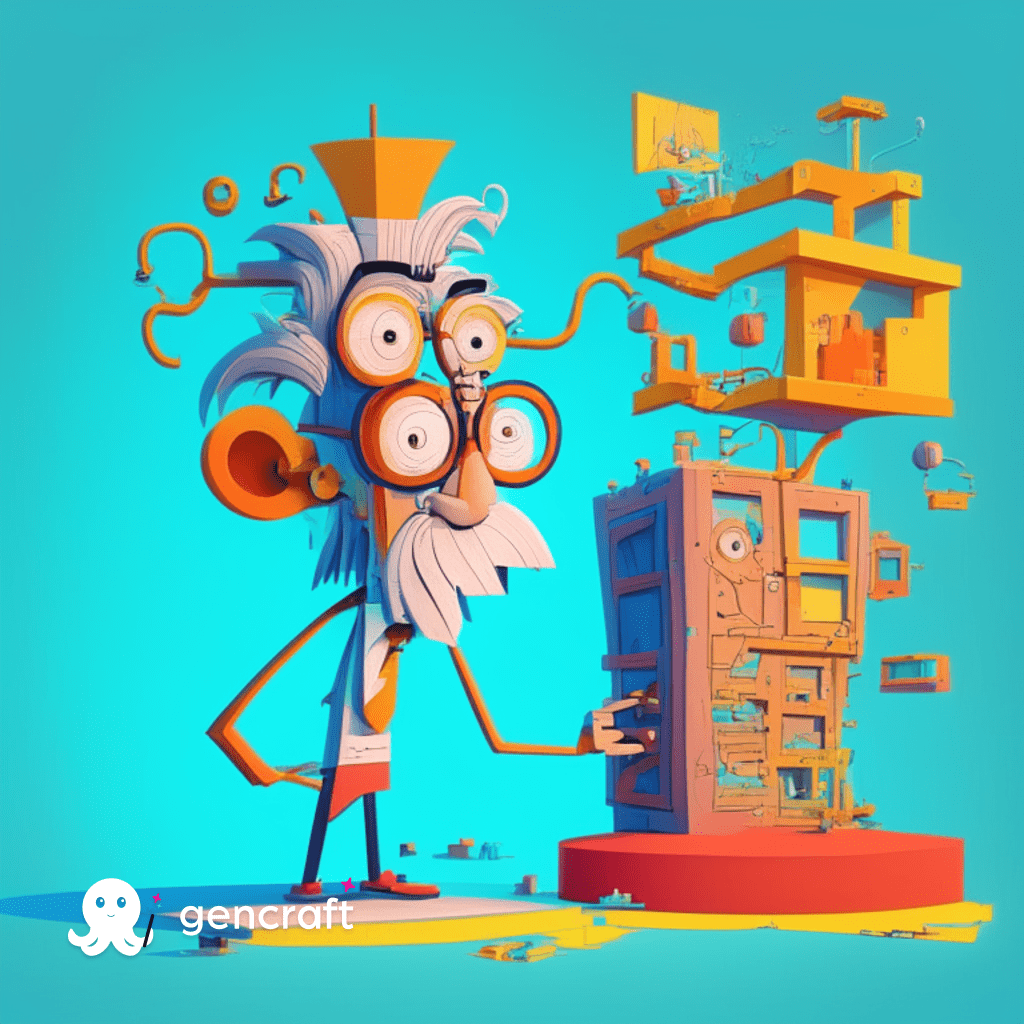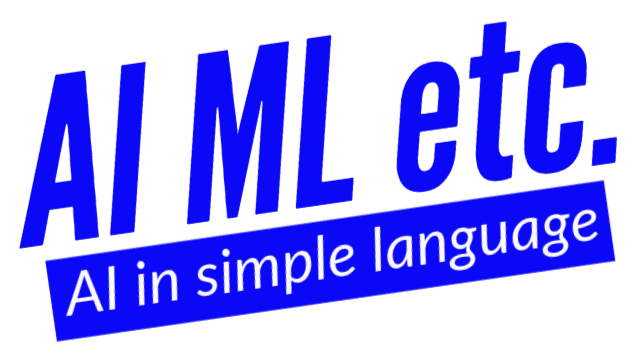Most up-to-date AI & Gen AI coaching for senior IT professionals
Let’s learn to build a basic AI/ML model (Part 2)

So, in the first article – Let’s learn to build a basic AI/ML model in 4 minutes we built a very basic ML model.
Let’s make things complicated and see if it’s still easy for a non-technical person to understand.
Who this article is for?
This article again is for people who believe Machine Learning is some extraordinary technology that only technical people would understand.
Adding complexity to the model
We can make this problem complex in 2 ways
1. Increasing the number of parameters
Obviously in real life, there would not be just 2 parameters (temperature and humidity) to make rain prediction.
There could be wind speed and many more parameters. Let’s say there are 10 parameters.
In this case, our graph would be a 10-dimensional graph and our points would lie in that 10-dimensional plane.
But the idea would be the same, we want to draw a line to separate the points into two categories. Now, the equation would be:
Y = m1x1 + m2x2 + m3x3 + ……… + m10x10
Now in order to figure out this line, we have to identify m1, m2…m10 parameters to draw the best line.
Seems complex, Right?
It is complex for humans but not for a computer which has high computational power
Our same Python library would come in handy and will calculate all the weights in a very quick time. Once we have all the weights, we have our model ready.
That was a smart use of the computer’s processing power, right?
Well, that was the idea behind Machine Learning/ Artificial Intelligence.
Read Traditional coding vs Machine Learning – Simple explaination for non-technical people
2. A straight line may not be enough to separate the points
In our previous problem, we assumed that points are distributed in such a way that we could divide them with a straight line.
What if they are not?
What if they require a hyperbola or circle or a complex structure that’s equation could be:
Y = m1x1 + m2x2^2 + m3x3^4 + … + m10x4x1
This seems complex, right?
Again, it is complex for humans but computers can figure out the pattern here. Sure, it would take some time but it would identify m1, m2…. m10
Can our same Python library help us in finding these weights?
Yes, it can!!
Basically, to handle complexity, we require more computational power.
And that’s why we rely on computers to solve these problems.
Ok, so can ML models can only predict whether it would rain or not? Let’s level up in the next section.
Level 2 – If it rains, how much?
The earlier model was just to predict – whether it would rain or not. The next level of this problem is to figure out – if its rains, how much?
Machine learning can do that for you.
Let us start with our basic model with 2 parameters – temperature and humidity. This is our training data:
| S.No. | Temperature | Humidity | Amount of rain (mm) |
| 1 | 45 | 55 | 4.1 |
| 2 | 25 | 37 | 0.7 |
| …. | |||
| 999 | 34 | 86 | 5.6 |
| 1000 | 11 | 18 | 0.2 |
Here the only difference is – instead of the model just learning Yes or No (0 or 1), now it would learn a range of values.
We will validate, and evaluate the same.
That’s it. That’s the basic introduction of Machine learning to get you started with AI/ML.
In case you are interested in learning more, learn here. The course is free if you opt for “Audit this course”.
Part 3 – What about the fancy stuff?
These ML models are fine.
But what about the latest AI things we keep hearing about? Like ChatGPT, Text to Image, Youtube’s recommendation engine, etc.
These parts of AI are known as Computer Vision and Natural Language Processing.
Will cover these topics in later chapters. Stay tuned
Thanks for choosing to read it completely. I can try to simplify any AI concept for you.
In case you want me to simplify any AI topic, please let me know on LinkedIn – https://www.linkedin.com/in/nikhileshtayal/
Happy Learning!



